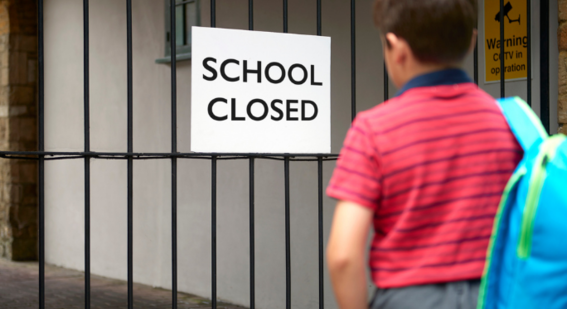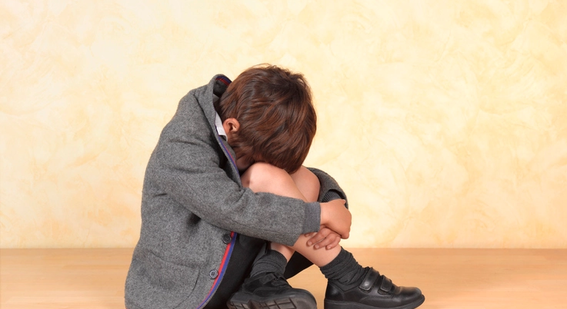By Lewis Birchon
What could be contentious about safe spaces for youth?
The theme for the UN International Youth Day 2018 is ‘safe spaces for youth’. You might think that amidst the passionate – and sometimes heated – discussions about education, the theme might stir little discussion.
The concept of ‘safe spaces’ in Higher Education is much discussed. Is it an open environment free of bias, judgement, or criticism where ideas can be discussed openly, or is it a place where potentially upsetting topics or debates and free speech are prohibited?
The definition of a safe space lower down the curriculum, in the school system, is both clearer-cut, but also subject to debate and discussion amongst educators.
How can school leadership help provide a safe environment for learning?
In 2014, Ofsted the UK schools regulator, found that students risked losing 38 days of teaching a year through low-level disruption. The clear articulation and consistent application of school behaviour policies plays a crucial role in creating a safe and respectful environment where children can learn most effectively.
Disruption and behaviour issues range from the old fashioned talking at the back of the class and passing notes through to the technology-enabled mobile distractions and cyberbullying. School leaders face important decisions about whether and how to embrace the potential offered by technology while managing the risks. The French Ministry of Education took things one step further by issuing an outright ban on mobile phones in primary and middle schools to cut down on disruption and bullying.
In his 2017 report into behaviour in UK schools, Tom Bennett, the Government’s Behaviour Tsar, published a list of the commonly found features of the most successful schools:
- Visible leaders
- Detailed expectations
- Clarity of culture
- High staff support
- Consistent practices
- Staff engagement
- Attention to detail
- All students matter
Can education itself help to produce a safe environment for young people?
The consequences of conflict is one of the most pressing and persistent issues facing policy makers. How do you provide young people with safe and reliable access to education in a war zone? How do you provide a learning environment for refugees? What does a curriculum for the displaced look like?
There is a growing base of evidence and practice around the role of education in supporting sustainable peacekeeping initiatives. A literature review conducted by UNICEF found that there are three main discourses around education in peacekeeping:
- Education in emergencies, which prioritises concern for the protection of children and a response to the negative impacts of conflict on their education
- Conflict-sensitive education, which ensures that no harm is done by ensuring that education does not reinforce inequalities or fuel further divisions
- Education and peacebuilding, which ensures education contributes to political, economic, and social transformations in a post-conflict society and addresses the causes of conflict
Perhaps by creating a safe space for young people to learn today we will secure young people’s learning environments for generations to come.





